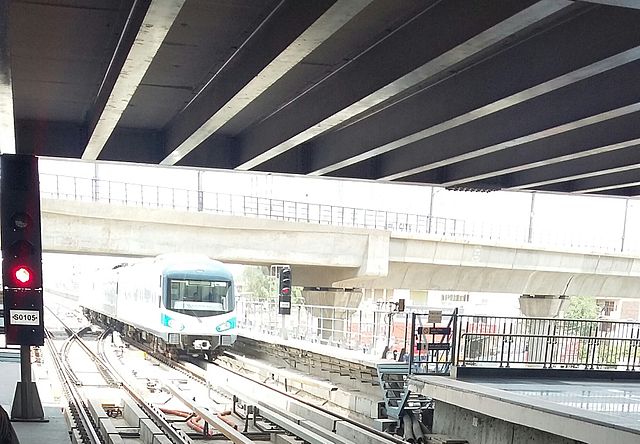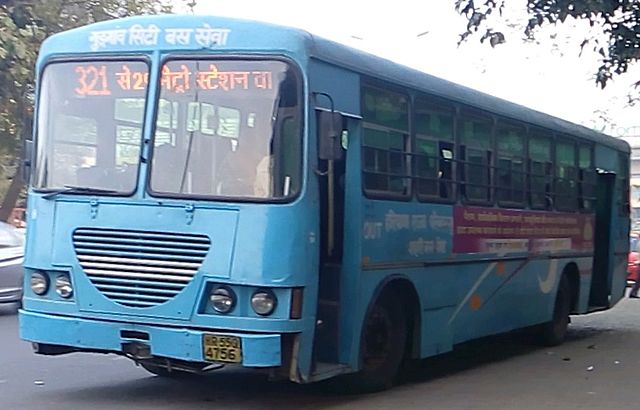Gurgaon, sometimes known as the Millennium City, is Haryana’s second largest city. It is also the most isolated part of the cities that form the first rung of the NCR. Unlike NOIDA, Ghaziabad and Faridabad, Gurgaon is at a little distance from Delhi, thus being buffered from its overflowing traffic and pollution.
While the original town of Gurgaon has existed for decades, the city in its current form is a recent development, thus making it the youngest city in the NCR.
Gurgaon has several modes of transport, like most major cities in India.
Autos
Autos are the most common form of public transport in Gurgaon. They are green in colour, can be hailed from anywhere on the streets, but they don’t have a Fare Meter. It is up to the commuter and autowala to bargain and agree to a price. However, Gurgaon autowalas are reasonable compared to their Delhi counterparts and a compromise can be reached easily. There are several Auto-booking apps as well, such as Jugnoo and G-Auto, the latter of which is backed by the Gurgaon Municipal Corporation.
Taxis

Hailing Taxis on the streets isn’t a daily affair in Gurgaon. If you need a cab, the best thing to do is to use Uber or Ola. However, Bike Taxis are very common. Players such as Baxi and M-Taxi have proper taxi stands at prominent places, such as outside HUDA City Centre, while other such as HeyTaxi require to be booked using the Mobile App.
Shuttle Services

Shuttle services, like I had discussed, in an earlier post, such as Ola Shuttle, ZipGo, Shuttl, are available on select routes within Gurgaon and between Gurgaon and other parts of the NCR. These bus aggregators feature Mobile-app based bookings, free WiFi, cashless payments. Mostly operated using Tempo Travellers, they are popular with Office Goers in areas closer to Sohna Road and other such areas where the Metro hasn’t gone yet.
Metro

The most important form of transport in Gurgaon, the city is served by two Metro lines: The Yellow line of the Delhi Metro that has five stations in Gurgaon, and the Rapid MetroRail Gurgaon, which is India’s first truly private metro rail to be operational.
Delhi Metro’s Yellow Line connects Gurgaon to some of New Delhi’s most crucial areas such as Connaught Place, New Delhi, Chandni Chowk, Kashmere Gate, Parliament House, Vidhan Sabha, Delhi University, Saket, Qutub Minar, etc.
Rapid Metro connects DLF CyberHub to Sikanderpur and will further connect to Sector 56.
Buses

Gurgaon has City Bus services operated by Haryana Roadways.Buses connect various parts of the city with the Gurgaon Bus Stand, Railway Station or HUDA City Centre. Non-AC buses are blue in colour while AC buses are Red or Maroon. Buses are operated by HR’s Gurgaon Division and also the Faridabad Division which operates its city buses into Gurgaon.

In addition to this, the DTC operates its buses from various parts of Delhi, such as Karol Bagh, Anand Vihar, Badarpur, Uttam Nagar and Dwarka to the Gurgaon Bus Stand. Haryana Roadways also operates a Volvo service connecting Chandigarh to Gurgaon via Delhi Airport.
So there are the various ways of getting around Gurgaon.
Addendum.
If you’re in Sector 14, you should try Mogli’s Coffee. They have some interesting variations, including Brownie Cappuccino among others. They are located at the far end of Sector 14 Market, in front of South Store on the same lane as the PNB ATM.
![]()

4 thoughts on “Getting around Gurgaon”